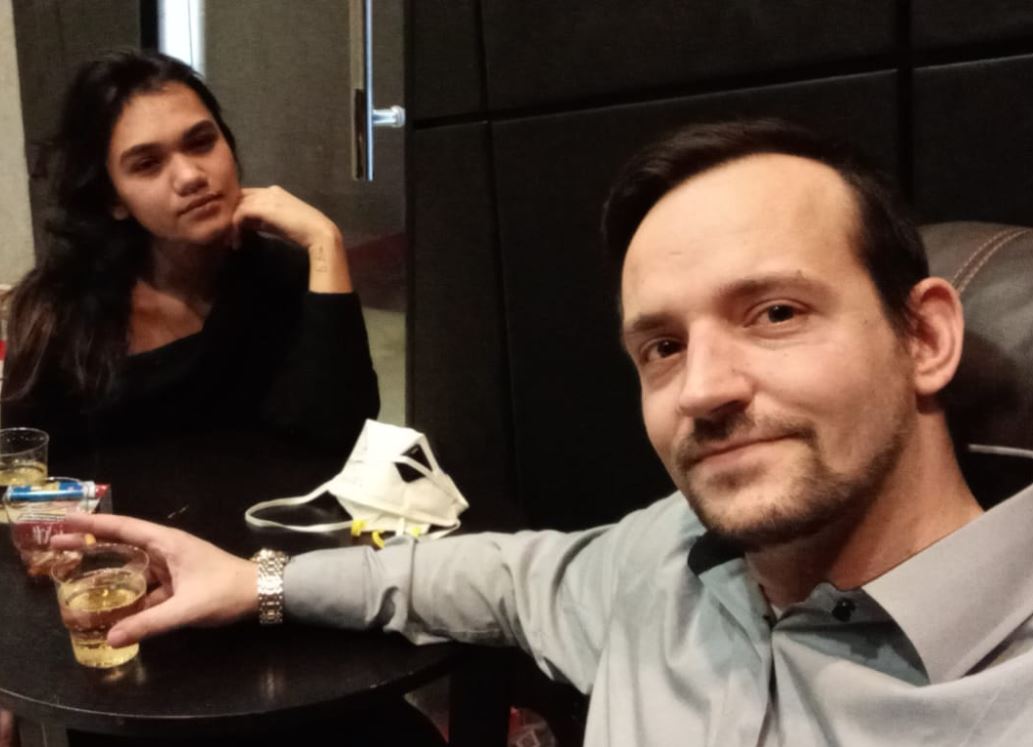Russia increases offensive in Ukraine - impact on war
Russia's offensive on the front in Ukraine intensifies while Putin apparently disregarded Trump. What is the importance of this for the course of the war? Learn more.
Russia increases offensive in Ukraine - impact on war
The offensive operations of the Russian army have increased along the front line, Ukrainian officers report on social media. An analysis of information from the general staff in Kiev and soldiers who spoke to CNN shows that certain combat acts become more intense. It remains to be seen whether this is the beginning of a significant spring offensive by Vladimir Putin's troops from which Ukraine has been warning for some time. One indication of this is that the Russian leader apparently has little concerns of annoying US President Donald Trump, who will decide within "a few weeks" whether the Kremlin is pursuing serious peace intentions, said US Secretary of State Marco Rubio.
Where do the current fights take place?
For several months there have been intensive fights south of the city of Pokrovsk, which was once an important logistics point for the Ukrainian armed forces in the Donetsk region. The Ukrainian army has achieved some small tactical successes since the beginning of the year and pushed some progress from the Russian troops back towards Pokrovsk.
A Ukrainian educational officer who is stationed in the region told CNN that the Russian armed forces have become more active in the past ten days and prepare additional troops and vehicles for upcoming attacks. "We see it on the drone shots and hear about it in the radio broadcasts," said the officer, whose name is not mentioned. Since Pokrovsk himself is heavily defended and the military supplies were largely shifted from there, the main focus of the Russian efforts could consist of penetrating west instead of north.
fears before setting
In the past few days, Ukrainian soldiers report fears about possible encirclement in one place and breaking through one line of defense on another. "The front line in this area has reached an active phase. The Russians will not stop," wrote a Ukrainian soldier with the call sign Muchnoi on Telegram. The goal of the advancement is the city of Novopavlivka, according to the soldier. "You will penetrate the Dnipropetrovsk region - this is one of the central tasks that have been determined by the Russian command." Advance to the Dnipropetrovsk region would be significant because it would be the first step of Russian troops in unoccupied Ukrainian territory, since the first few weeks of the extensive invasion of more than three years ago.
Russian ahead of Luhansk
In the easternmost part of Ukraine, especially in Luhansk, the control of the Russian armed forces has increased - only a few small areas remain in Ukrainian hands. Here, too, Russian troops have made constant progress in the past few weeks, especially in the north of the city of Lyman, which represents an important rail route and support for the Ukrainian armed forces. A Ukrainian officer wrote on Telegram: "It is difficult, we have to work on stabilizing the front and systematically eliminating the enemy, otherwise the gangrene will spread."
Current strategies of the Russians
Ukrainian soldiers have reported different Russian tactics in the past few weeks. A Ukrainian officer with the call sign Alex described that Russian troops in columns from armored and non -armored vehicles move forward - about four to five rifle tanks and tanks, while "the rest are trucks, cars and golf cars." He expressed skepticism about the possibilities of important Russian progress when the current maneuvers reveal an actual deficiency economy for armored vehicles.
A Ukrainian commander of a drone unit recently reported a troop building near the Dnipro front. "The Russians operate in small tactical groups of five to seven men, a maximum of ten. As soon as it is foggy or rainy, they begin to move up, using the bad weather as cover against our drones." With the progress of spring and the dry weather, changes in the tactics await you. "You cannot use heavy vehicles at the moment. It is too wet, you would get stuck. As soon as the floor is dry, you will attack; there is no doubt."
realistic assessment of the situation
Despite the pessimistic assessments, it is important to preserve a realistic perspective. The area that Russia conquers remains low. For example, the Russian troops, which advance to the Dnipropetrowsk region southwest of Pokrovsk, are just about 45 kilometers further than a year ago. In fact, the British Ministry of Defense estimates that Russian progress has been decreasing steadily for six months - from around 730 square kilometers in November last year to just 143 square kilometers in the last month.
forecast for the conflict
Even in the best scenario, the increased efforts of Europe to upgrade Ukraine will probably need several years to have an effect. While the defense industry of Ukraine has made considerable progress, it remains economically more dependent on its allies than Russia. Under the pressure of Washington, Ukrainian President Wolodymyr Selenskyj publicly obliges the end of the war as long as every peace agreement is fair and secure and Russia is not stimulated again for fighting.
On the other hand, the Kremlin emphasizes that he also wants peace, but only when the "causes" of the conflict are addressed, which means that Ukraine has to withdraw unequivocal into the area of influence Moscow. The recent announcement of Putin's largest call for convenience in over ten years, paired with the declared goal of building an army with 1.5 million active soldiers, indicates a wear campaign rather than a real intention to peace. For the fighters on the front, even for high -ranking officers, peace talks mean little: "In my experience, I don't think of sitting when I am on the front. There is a command to follow and the desire to survive," said one to Cnn.

 Suche
Suche
